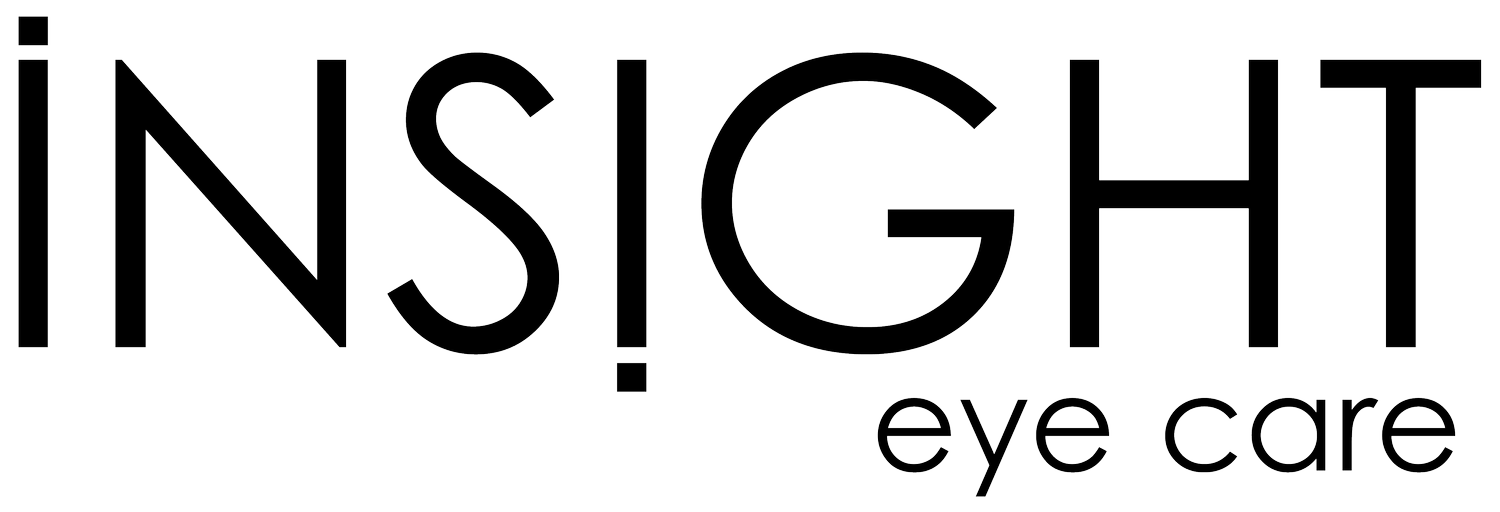The Fine Print of Presbyopia
DR. CAROLYN MACNEIL, B.SC., O.D.
“I think the print on medicine bottles is getting smaller.”
Does this sentence sound familiar to you? It is a common concern heard in an optometric exam lane. The gradual loss of the ability to accommodate is a normal age-related change that hinders the ease and convenience of reading for the forty-plus age group. This likely leads you to your next question: what is accommodation?
When we are using the term accommodation in optometry, we are referring to the ability of the eye to change power and bring near objects into focus.¹ This is accomplished by changing the tension and subsequently the shape and curvature of the crystalline lens. The crystalline lens is crucial in your ability to see, because it helps focus light rays on the retina. Remember the lens in your camera or smartphone- quite useful, right?
Source: Dr. Chau-Minh Phan
Generally between the ages of forty to forty-five, the ability of the crystalline lens to accommodate diminishes secondary to natural changes in its growth and viscoelastic properties.² This normal condition is called presbyopia and is the reason why the font on those medicine bottles, fine print ingredient lists and price tags start to blur as you age.
When you consider the longevity of today’s population, a condition that affects your reading vision around the age of forty, translates into spending almost half of our lives needing some form of reading addition.³ Initially, you may think about single vision reading glasses, bifocals, or progressive addition lenses as the optical treatment for presbyopia. Although these types of spectacles are still mainstream, you certainly aren’t limited to these choices. Your lifestyle and workplace needs may be better suited to the newer, alternative options available.
A long-distance runner is unlikely to whip out their reading glasses mid run to check their distance and time on their smartwatch. And let’s face it, the accountant spending ten plus hours on their computer may not be too comfortable confined to the smaller intermediate section of their progressive addition lenses.
There are many optical and surgical options available to meet the visual demands of your lifestyle and workplace. Here are some quick, unique examples of alternative options that have worked for three patients recently:
Daily Disposable Multifocal Contact Lenses
Perfect for: active lifestyles, occasional contact lens wearers, travellers
Options available: DAILIES TOTAL1® Multifocal, DAILIES® AquaComfort Plus® Multifocal, Proclear® 1 day multifocal, 1-DAY ACUVUE® MOIST® MULTIFOCAL, Biotrue ONEday for Presbyopia, clariti® 1 day multifocal
Varilux Digitime Series
Perfect for: computer use, reading, sewing, predominantly near and intermediate activities
Refractive Surgery: LASIK/PRK- Monovision
Perfect for: CTL wearers that have tried multifocal or monovision and are ready to commit to full time monovision
Surgical Centers in KW: TLC Laser Eye Center Waterloo, LASIK MD Waterloo
In preparation for your next eye examination, think about the areas of vision you would like to improve and make a list of the specific working distances required. Measure the distance from the bridge of your nose to the distance at which you would like to position your computer monitor, hold your e-reader or mobile device. We are always happy to focus on your accommodative needs!
-
1. Remington, Lee Ann. Clinical anatomy of the visual system. Elsevier Health Sciences, 2011.
2. Charman, W. Neil. "The eye in focus: accommodation and presbyopia." Clinical and experimental optometry 91.3 (2008): 207-225.
3. Charman, W. Neil. "Developments in the correction of presbyopia I: spectacle and contact lenses." Ophthalmic and Physiological Optics 34.1 (2014): 8-29.


